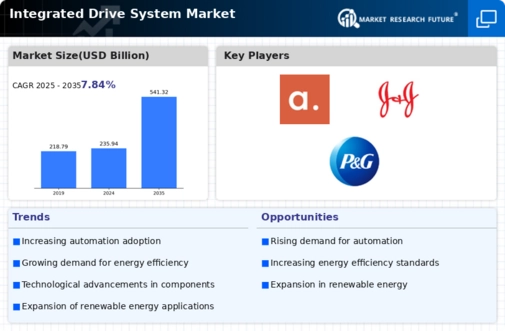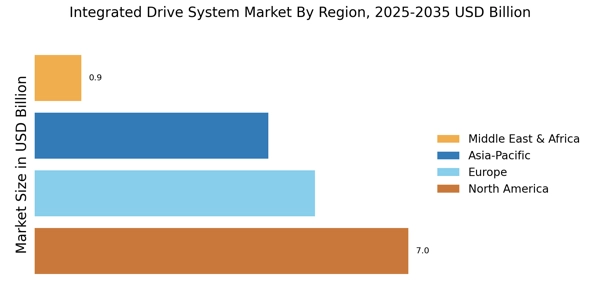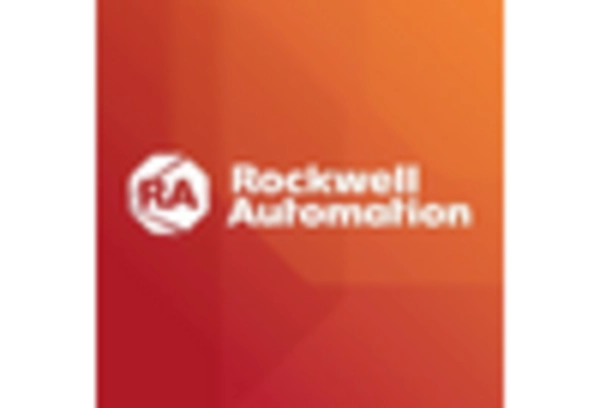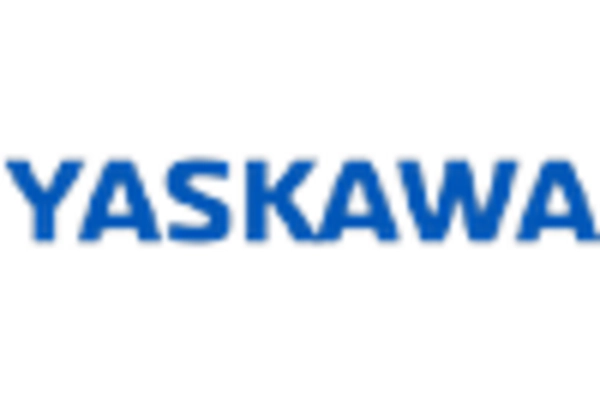Focus on Renewable Energy Sources
The Integrated Drive System Market is increasingly influenced by the global shift towards renewable energy sources. As nations strive to reduce their carbon footprints, there is a growing emphasis on integrating renewable energy solutions into existing infrastructures. This transition necessitates the use of advanced drive systems that can efficiently manage energy from renewable sources such as wind and solar. Market analysis indicates that the renewable energy sector is expected to grow significantly, with investments projected to reach trillions of dollars in the coming years. This growth is likely to create substantial opportunities for integrated drive systems that support the efficient utilization of renewable energy.
Growing Adoption of Electric Vehicles
The Integrated Drive System Market is poised for growth due to the increasing adoption of electric vehicles (EVs). As governments and consumers alike shift towards sustainable transportation options, the demand for efficient drive systems in EVs is escalating. Recent statistics indicate that the electric vehicle market is projected to grow at a compound annual growth rate of approximately 20% over the next decade. This growth is likely to drive the need for advanced integrated drive systems that enhance vehicle performance and energy efficiency. Consequently, manufacturers are focusing on developing innovative drive solutions tailored for the evolving automotive landscape.
Advancements in Automation Technologies
The Integrated Drive System Market is significantly influenced by advancements in automation technologies. As industries strive for higher productivity and efficiency, the integration of automated systems becomes essential. The rise of Industry 4.0 has led to the incorporation of smart drive systems that facilitate seamless communication between machines. This trend is reflected in the increasing investment in automation solutions, with projections indicating a compound annual growth rate of over 10% in the automation sector. Consequently, the demand for integrated drive systems that support these technologies is expected to rise, further propelling market growth.
Increasing Demand for Energy Efficiency
The Integrated Drive System Market is experiencing a notable surge in demand for energy-efficient solutions. Industries are increasingly prioritizing energy conservation to reduce operational costs and comply with stringent environmental regulations. According to recent data, energy-efficient drive systems can lead to energy savings of up to 30%, making them an attractive option for manufacturers. This trend is particularly evident in sectors such as manufacturing and transportation, where energy consumption is substantial. As companies seek to enhance their sustainability profiles, the adoption of integrated drive systems that optimize energy use is likely to grow, driving market expansion.
Rising Industrialization and Urbanization
The Integrated Drive System Market is benefiting from the ongoing trends of industrialization and urbanization. As countries develop and urban areas expand, there is a corresponding increase in demand for efficient machinery and equipment. This trend is particularly pronounced in emerging economies, where rapid industrial growth is observed. The need for integrated drive systems that can enhance operational efficiency and reduce downtime is becoming critical. Market data suggests that the industrial sector is expected to witness a growth rate of around 5% annually, further fueling the demand for integrated drive systems across various applications.

















Leave a Comment